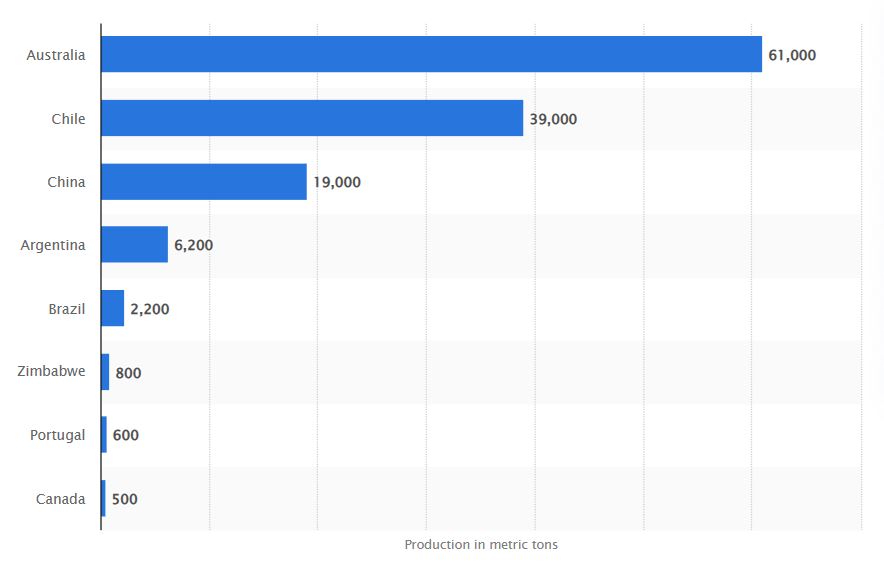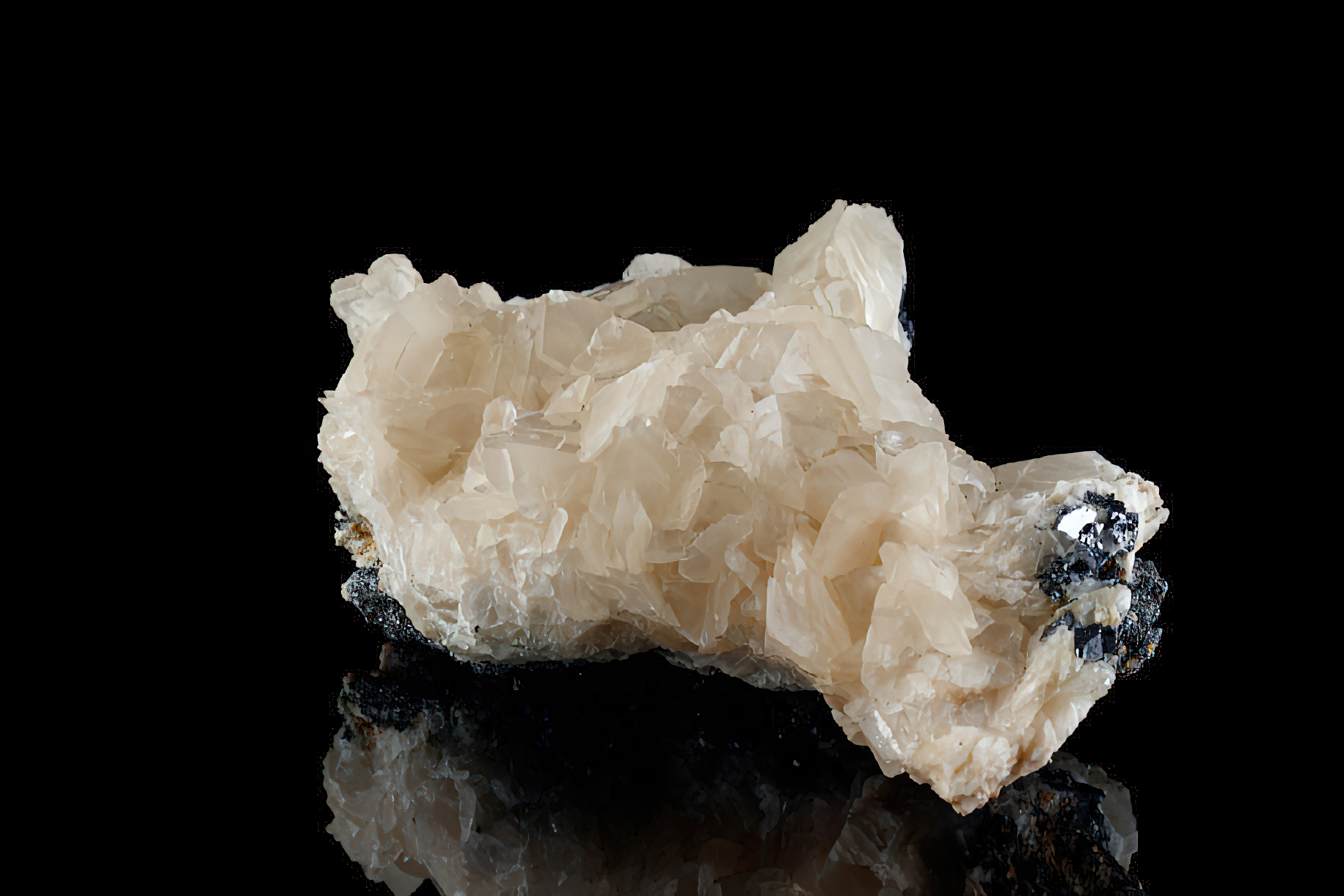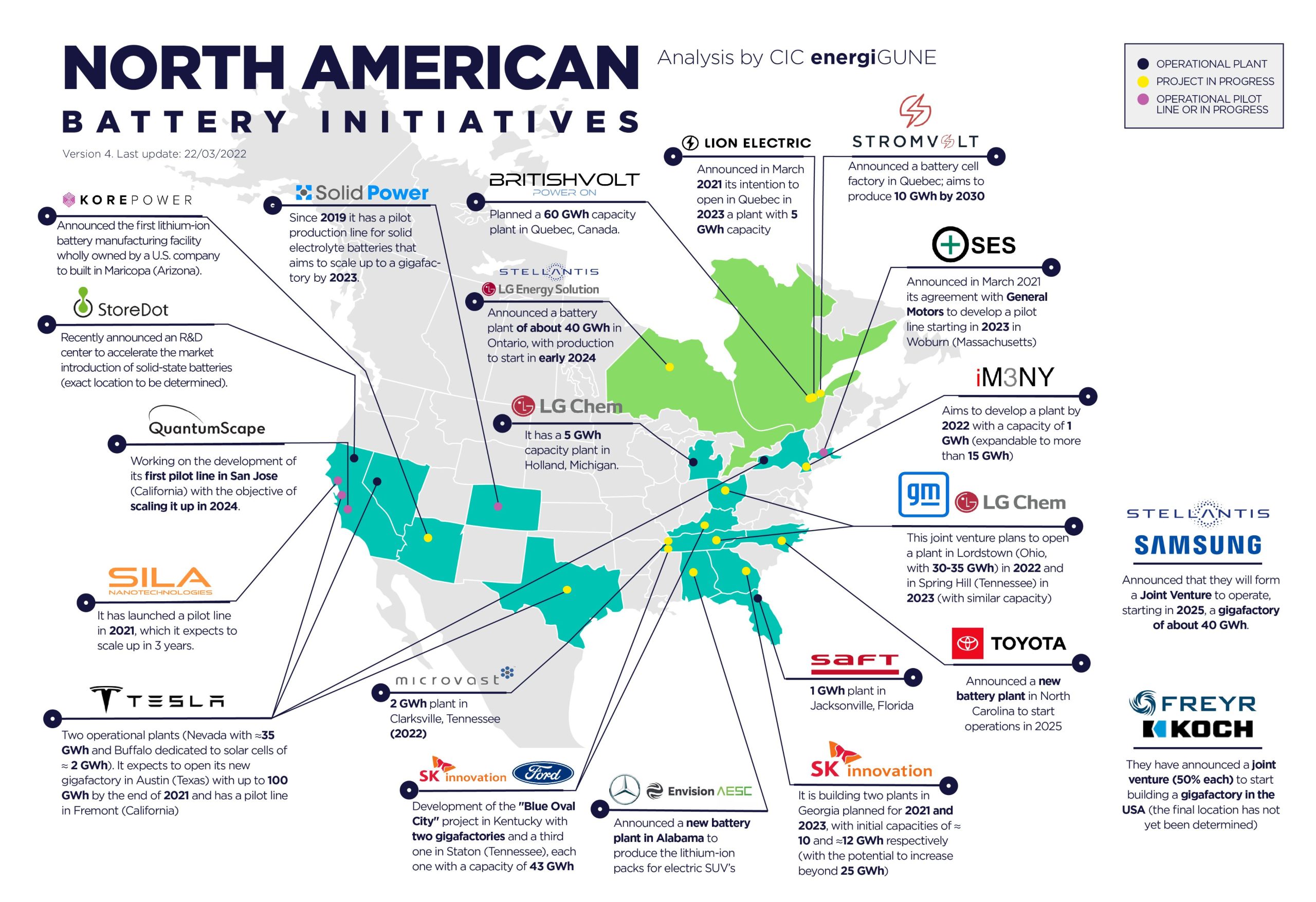Lithium demand is projected to increase 500% by 2050

Piedmont Lithium
By Peter Kennedy
Piedmont Lithium [PLL-NASDAQ, ASX] is aiming become one of the largest North American lithium hydroxide producers by processing concentrates produced from assets that include an open pit mine in Quebec.
The goal is to capitalize on bullish forecasts on the outlook for lithium, a key ingredient in the production of electric vehicle batteries. U.S. lithium giant Albemarle Corp. [ALB-NYSE], for example, has said it expects China’s electric vehicle market to jump 40% this year, or at least by 3.0 million vehicles, boosting demand for the battery metal in the world’s leading auto market.
Such forecasts are driving governments and auto makers in the U.S. and Canada to make large investments in a bid to develop home grown lithium supply chains in support of their clean energy and climate change goals.
Published reports say automakers are increasingly showing up at mining investor events, underscoring the growing popularity of battery-powered cars and the need for critical metals such as lithium needed to produce them.
Two years ago, Piedmont acquired an equity interest in another Australian company Sayona Mining Ltd. [SYA-ASX, SYAXF-OTCQB], and a 25% stake in Sayona Quebec, an entity that owns the assets North American Lithium (NAL), including a former open pit spodumene mine and concentrator located in La Corne, northwest of Val d’Or, Que. Sayona Mining owns the other 75% in Sayona Quebec.
 As part of its plan to create a lithium mining hub in the Abitibi region, Sayona aims to restore operations at NAL and integrate it with its wholly-owned Authier project, which has already reached the feasibility stage and will provide supplementary ore feed to NAL. The Authier project is situated 45 kilometres northwest of Val d’Or and is host to a measured, indicated and inferred resource of 20.9 million tonnes of 1.01% Li20.
As part of its plan to create a lithium mining hub in the Abitibi region, Sayona aims to restore operations at NAL and integrate it with its wholly-owned Authier project, which has already reached the feasibility stage and will provide supplementary ore feed to NAL. The Authier project is situated 45 kilometres northwest of Val d’Or and is host to a measured, indicated and inferred resource of 20.9 million tonnes of 1.01% Li20.
By comparison NAL hosts a measured, indicated and inferred resource of 101.9 million tonnes of grade 1.06% Li20.
Piedmont has said it envisages an $80 million investment in operational upgrades aimed at improving product quality and plant utilization. Operations are expected to restart as early as March, 2023 a move that triggers offtake agreements enabling Piedmont to purchase the greater of 113,000 tonnes or 50% of spodumene concentrate production per year at a ceiling price of US$900 per tonne on a life-of-mine basis.
Projected NAL production of spodumene concentrates in the first half of 2024 is estimated at between 85,000 tones and 115,000 tonnes. Shipments could begin as early as the third quarter of 2023, Piedmont has said.
The restart of the NAL operation would allow Sayona to launch production ahead of other North American projects, generating sustainable cash flow and putting the company on a fast track to go downstream into value-added lithium hydroxide or carbonate production.
Such a move will support the Quebec Government’s plan for a clean energy future based on the development of its own battery industry, from mining to downstream processing and electric vehicle production.
Resuming production in Quebec also enables Piedmont to make good on its commitments to deliver spodumene concentrate produced at NAL to both Tesla Motors Ltd. [TSLA-NASDAQ] and Korean chemical company LG Chem Ltd. [KRX-KSE].

The Canadian government said lithium demand is projected to increase 500% by 2050 due to the growing domestic battery manufacturing and future-oriented transportation ecosystem. After trading at near record highs in 2022, the price of lithium is expected to fluctuate this year but remain at levels that are supportive to new projects, at least in the short term, analysts have said.
However, governments in the U.S. and Canada remain challenged by the fact that in 2022, 79% of the world’s production of lithium is from Australia, Chile and Argentina.
Top lithium mine production by country in 2022
(in metric tons)

Source: Statistica
North American lithium production, by comparison accounts for less than 2.0% of current global demand. In that context, some countries run the risk that without sufficient supply, critical minerals could become a bottleneck, rather than an enabler in the energy transition phase, said Canada’s Natural Resources Minister Jonathan Wilkinson.
As a result, developing a supply chain for lithium and other critical minerals has become a priority in the U.S. and Canada.
In Canada, E3 Lithium [ETMC-TSXV, EEMMF-OTC, OU7A-FSE] has received a $27 million investment for the Government of Canada’s Innovation, Science and Economic Development’s Strategic Innovation Fund (SIF). The investment supports E3’s $87 million project for the construction of a demonstration plant specializing in lithium production, Ottawa has said.
E3 is a company that sees opportunity in Alberta’s depleted oil and gas reserves. The technology it is testing will, if successful, extract lithium from brine in old wells, material that could eventually find its way into the batteries that power electric vehicles.
It is worth noting that similar technology is also being tested by companies such as LithiumBank Resources Corp. [LBNK-TSXV, LBNKF-OTCQX, HT9-FSE] Standard Lithium Ltd. [SLI-TSXV, NYSE American, S5L-FRA], and Lake Resources [LKE-ASX, LLKKF-OTC].
 Tearlach Resources Ltd. [TEA-TSXV, TELHF-OTC, V44 Frankfurt] who is taking a multi-pronged approach to positioning itself as leading explorer and developer of lithium properties in North America.
Tearlach Resources Ltd. [TEA-TSXV, TELHF-OTC, V44 Frankfurt] who is taking a multi-pronged approach to positioning itself as leading explorer and developer of lithium properties in North America.
In an interview, Tearlach CEO Morgan Lekstrom said the company is aiming not only for exploration success but also to acquire companies and project’s that could benefit from the expertise that Tearlach’s highly experienced management team can offer. It is worth noting that Tearlach’s Vice-President of Exploration is Julie Selway, a globally recognized expert on lithium pegmatites and pegmatite exploration techniques.
“I believe that when the major companies move into this space, they will be looking for companies with a clear path forward [to production] and we intend to provide that path, said Lekstrom, who has previously worked for Freeport-McMoran Inc. [FCX-NYSE] in Indonesia and for Rio Tinto Plc [RIO-NYSE] in Mongolia.
Tearlach was in the spotlight recently when it was recognized as a top 10 ranked company in the mining sector by the 2022 TSX Venture 50. Tearlach and other selected Venture 50 companies have experienced tremendous growth over 2002, offered excellent returns to shareholders, and are actively traded.
 Tearlach has begun drilling on the Tonopah North lithium project (also known as Gabriel), which is situated in West Central Nevada along the Tonopah lithium belt bordering American Lithium Corp.’s [LI-TSXV, LIACF-OTCQB, 5LA1-Frankfurt] TLC Deposit. Previous exploration at Gabriel shows similarities to the TLC project, which currently hosts 3.35 million tonnes of lithium carbonate equivalent (LCE) in the measured resource category. On top of that is 2.02 million tonnes of LCE (indicated) and 1.76 million tonnes LCE (inferred).
Tearlach has begun drilling on the Tonopah North lithium project (also known as Gabriel), which is situated in West Central Nevada along the Tonopah lithium belt bordering American Lithium Corp.’s [LI-TSXV, LIACF-OTCQB, 5LA1-Frankfurt] TLC Deposit. Previous exploration at Gabriel shows similarities to the TLC project, which currently hosts 3.35 million tonnes of lithium carbonate equivalent (LCE) in the measured resource category. On top of that is 2.02 million tonnes of LCE (indicated) and 1.76 million tonnes LCE (inferred).
Under an agreement with Blackrock Silver Corp. [BRC-TSXV], Tearlach can earn up to a 70% interest in Gabriel by incurring US$20 million of exploration expenses and completing a feasibility study within five years.
In a February 21, 2023 press release, Tearlach said it has launched a Phase 1 core drilling program, consisting of 19 holes (3,000-metres).
The drill program has been designed to confirm lithium mineralization intersected in holes drilled by Blackrock Silver and to complete step out holes for prospective locations throughout the Gabriel property. Material from mineralized intervals will be utilized for initial metallurgical testing.
Aside from drilling the company has also announced plans for bulk sampling, a pilot plant and in-depth metallurgical work. “We are looking at utilizing existing and advanced technology combined with our team’s significant experience to increase the recovery potential of this type of mineralization,” Lekstrom said. “We believe this is only one step in a multipronged approach that uses concurrent geological and engineering processes to drive our project forward quickly,’’ Lekstrom said.
Past lithium values up to 1,217 ppm lithium have been intercepted in drilling, in addition to the continuity of broad zones of mineralization up to 56.4 metres thick.
Tearlach’s portfolio includes assets in a developing lithium hub in northwestern Ontario. They include an interest in the Final Frontier Project, which includes the Pakwan/Margot Lake claim block, directly contiguous to Frontier Lithium Inc.’s [FLI-TSXV, LITOF-OTCQX, HL2-FRA] flagship Spark and Pag deposits The Ontario assets include the Wesley Property, which borders Green Energy Metals’ Root Lake Project, where a 24,000-metre drill program is currently underway. Pegmatite dykes have been encountered on Tearlach’s Harth Lithium Project, which is 8.0 kilometres of the Wesley Lithium project.
Tearlach also holds “The Shelby Project” properties in Quebec’s James Bay region, bordering Winsome Resources [WR1-ASX] and Patriot Battery Metals Inc. [PMET-CSE, RGDCF-OTCQB, R9GA].

